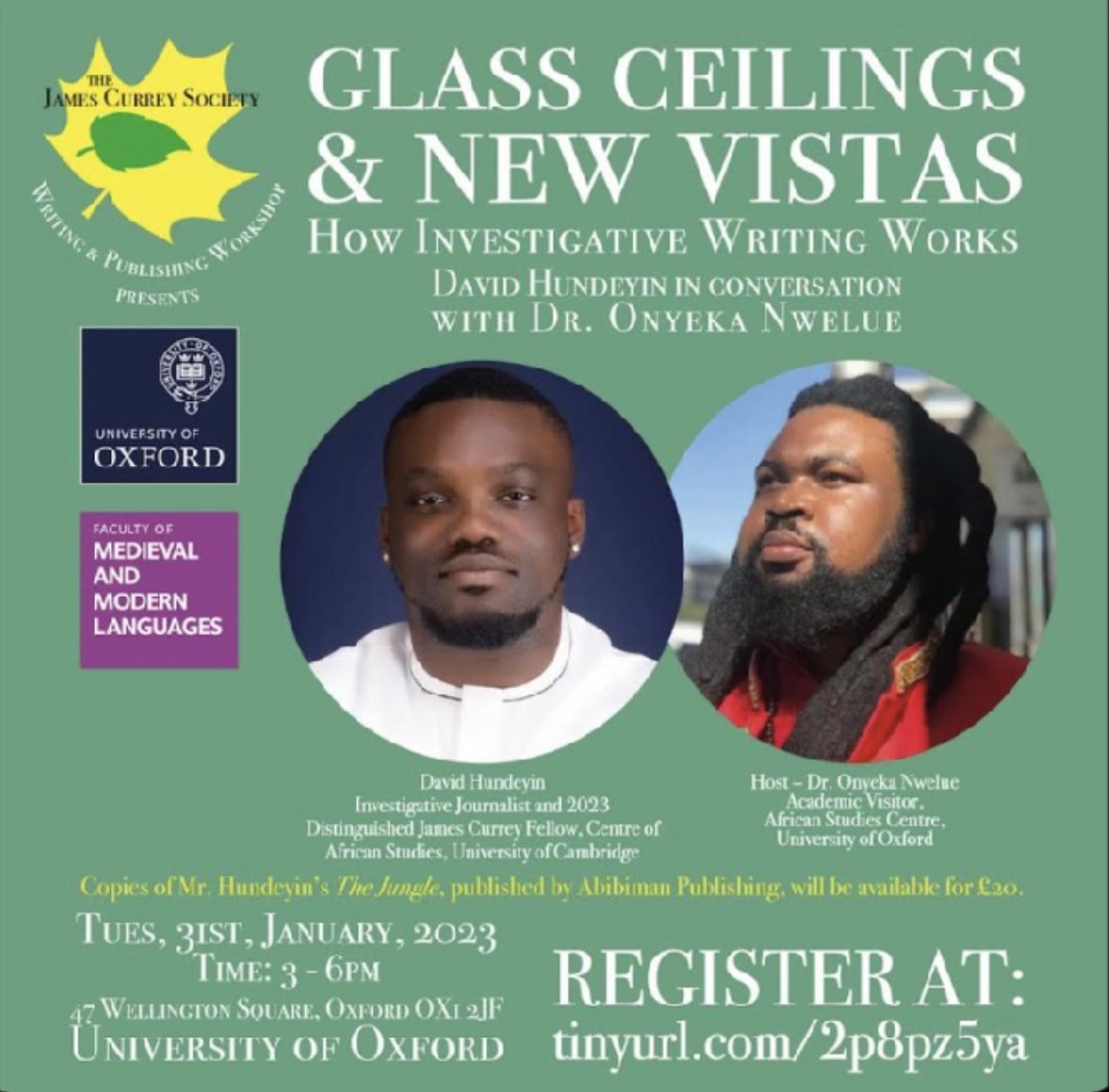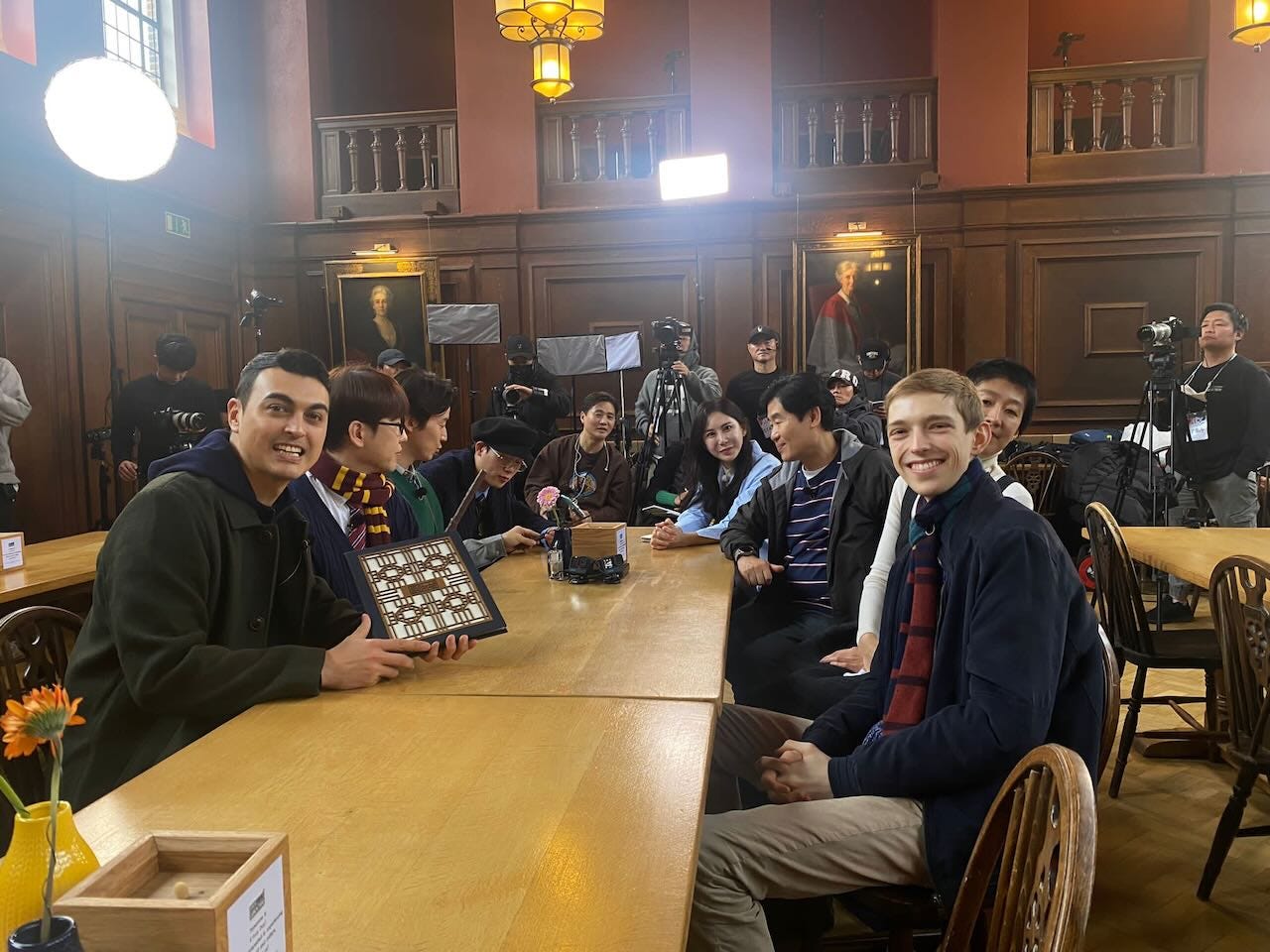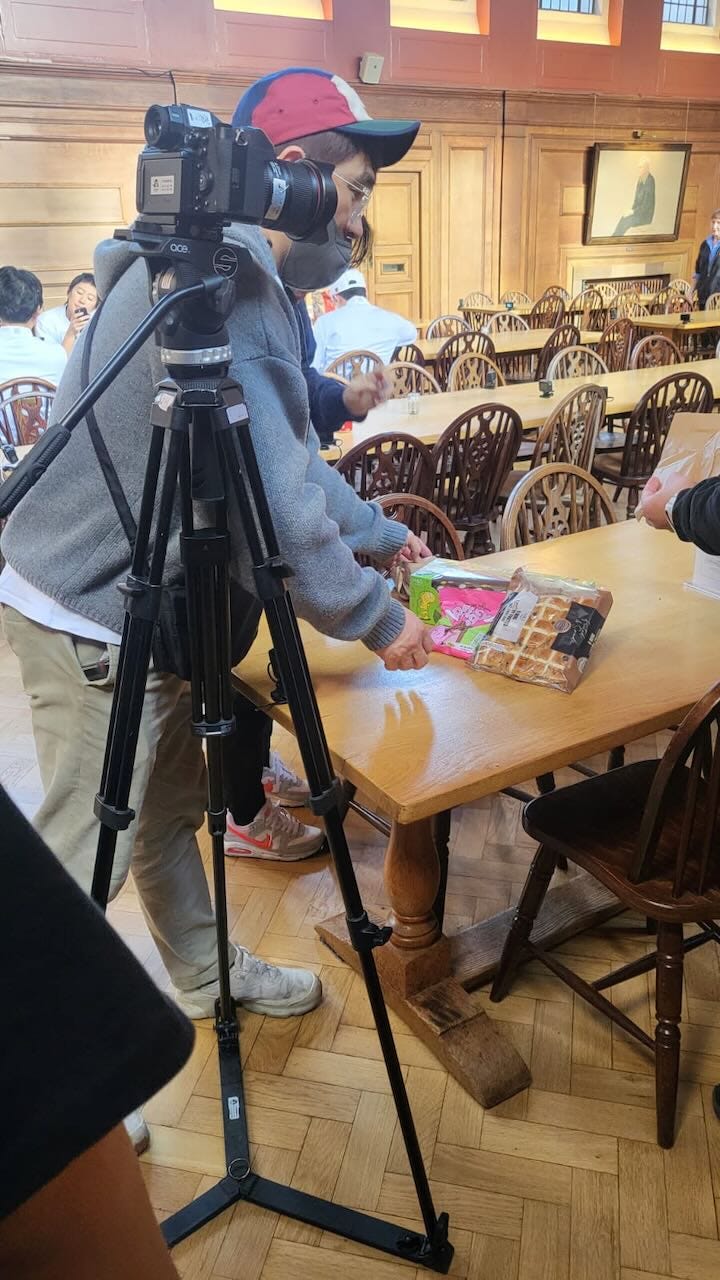CW: racism, misogyny
Onyeka Nwelue, a Nigerian author, has had his Academic Visitor status at Oxford University terminated after misusing University logos and premises for commercial purposes, an investigation by Cherwell has found. Nwelue is also facing complaints of misogyny towards students and the spread of racist, classist, and sexist content online.
The Fake Professor
Nwelue, a self-published author and filmmaker, held Academic Visitor status at Oxford’s African Studies Centre from Michaelmas 2021, until its removal in early February this year. During this time, he represented himself as a professor at both the University of Oxford and the University of Cambridge, but has been unable to provide Cherwell with evidence of an academic PhD. He was not credited as a professor by either institution in the course of his associations with them, and Oxford confirmed to Cherwell that he has never been a professor at the university. This week, the University of Cambridge also told Cherwell that Nwelue’s connections with Cambridge have been terminated following investigations into his conduct.
On 31st January 2023, Nwelue’s Instagram bio described him as “Prof of African Studies & Academic Visitor at University of Oxford & University of Cambridge” and on 1st February 2023, his Twitter bio said “Professor + Academic Visitor”, tagging the accounts of both universities. He also tweeted: “I am a university professor, attached to two of the top best universities in the world”, along with many other tweets where he referred to himself as a professor.


However, when asked to clarify his academic affiliations in light of this, Nwelue told Cherwell: “I have never ever posed as a professor at Oxford and Cambridge. My card says I am an Academic Visitor and that is exactly what I tell people. The accusation that I say I am a professor at Oxford is baseless.”
At Oxford, Academic Visitorship is set up on terms agreed between an individual and the University. The University confirmed that it does not employ Academic Visitors – they do not get paid, and are not expected to undertake duties for the University.
In his social media bios, Nwelue has also described himself as a Research Associate at the School of Oriental and African Studies (SOAS) in London, but SOAS confirmed to Cherwell that he is not listed as one of its Research Associates.
When asked by Cherwell to provide further details of his academic certifications, Nwelue said: “I have the equivalent of Master’s as a filmmaker. I also have an Honorary Doctorate. I have been Visiting / Research Fellow in other universities. Prior to Oxford, I made award-winning films and published a lot of books. [sic]”
At least twenty-two books have been published in Onyeka Nwelue’s name. Twenty of his books were either self-published or published by companies owned by Nwelue. Nine of these have been published since 2021, and of the seventeen listed on Amazon, thirteen have no consumer reviews.
The Tweets
During his time as an Academic Visitor at Oxford, Nwelue posted content on Twitter which was racist, classist, and misogynistic. These include Tweets where he stated: “being raised in a poor family chains you mentally to be stupid.”; “no poor person has any value”; “African women look like masquerades when they wear wigs and make up”; “Arabs are known to relish slavery and servitude”; China “is poor, filthy (smells a lot!) and overpopulated”; “Eastern Europeans…only produce pick-pockets and scammers”.
When asked about these tweets, Nwelue told Cherwell: “It was a social experiment to get feedback for a book I was working on. Apologies that they came off wrongly.” He denied being racist, misogynist, or classist.
The University of Oxford has not confirmed whether any background checks were carried out on Nwelue before he gained status as an Academic Visitor.
The James Currey Society
The event leading to the termination of Nwelue’s association with Oxford University was a book launch, which he hosted for the Nigerian blogger and author David Hundeyin in affiliation with the James Currey Society.
The James Currey Society was founded by Nwelue and incorporated as a for-profit company in May 2022, under the name of James Currey International. It is named after the South African book publisher James Currey and has sponsored African authors to attend both Oxford and Cambridge, through awards of the James Currey Fellowship. Nwelue told Cherwell that “[the Society] was established in partnership with the University of Oxford”. However, Oxford clarified: “The James Currey Fellowships are not awarded, funded, or run by the University”.
The current holder of the James Currey Fellowship at Oxford is Mitterand Okorie, who in 2022 authored a hagiographic account of Nwelue’s life titled, Onyeka Nwelue: A Troubled Life, published by Nwelue’s own publishing house Abibiman Publishers.
Meanwhile, the 2023 holder of the James Currey Fellowship at Cambridge was David Hundeyin, who maintains a controversial social media presence and has been a significant supporter of populist politician Peter Obi in this week’s Nigerian elections.
Cambridge told Cherwell: “Onyeka Nwelue and David Hundeyin are no longer associated with the University of Cambridge. Their connections were terminated following an investigation into their conduct”. They added: “The James Currey Fellowship is not administered, awarded, or funded by the University of Cambridge.”
The book launch
On 31st January, Nwelue and Hundeyin ran a book launch together on Oxford University premises for Hundeyin’s most recent book, also published with Abibiman Publishers. This was marketed through the James Currey Society and tickets were priced at £20 for Oxford students. One attendee told Cherwell: “I signed up to attend the event, and was surprised I had to pay £20 to attend. Events run by the African Studies Centre are usually free as they are catering towards students.” In addition to charging £20 for entry, copies of Hundeyin’s book were also on sale for a further £20 at the event.
The book launch was originally advertised as taking place in the African Studies Centre, but the location was changed at short notice to a room in the Faculty of Modern and Medieval Languages at Wellington Square.
Attendees of the event told Cherwell that misogynistic remarks made by its organisers and other audience members made them feel “incredibly uncomfortable”. One student said: “Explicitly sexist comments were made throughout by the speaker and audience which were not challenged and were in fact encouraged. … Comments made suggested that women slept their way to the top, which oppressed men, and that marrying a woman held you back in life”.
Another student added: “A key point of concern occurred when a question was asked by an attendee to Hundeyin concerning the issue of sexism and sexual harassment that African female journalists endure. Hundeyin replied with the implication that women who were of a fair complexion, tall and had long legs would not face hurdles to their career advancement in journalism.”
A third student said: “Nwelue laughed and agreed with [an audience member’s] comment about women being controlling. This made me feel angry and upset.”
When asked about the event, Nwelue told Cherwell: “I am very sorry if the students felt uncomfortable. About sexism and misogyny, I will never condone that. I am apologetic if that happened. Really sorry.”

In the marketing of the event, Nwelue used the Oxford University logo, the African Studies Centre logo and the MML logo without permission. Oxford told Cherwell: “The [Modern Languages] Faculty logo was used on the event publicity without authorisation. Once it was brought to the Faculty’s attention, the Faculty contacted the organiser to request removal of the Faculty’s logo from the publicity.”
What next?
On 20th February, Nwelue stepped down as Director of the James Currey Society, announcing his replacement as the Zimbabwean actor Charmaine Mujeri. He confirmed that he resigned following the termination of his Academic Visitorship, “so that [his] personal affiliation with the University of Oxford can end there”. It is unclear if the James Currey Fellowships at Oxford and Cambridge will continue or be awarded again in future.
Nwelue has also written a letter to Oxford’s Vice Chancellor Professor Irene Tracy, seen by Cherwell, in which he unsuccessfully appealed the termination of his Academic Visitorship.
Yesterday, Nwelue locked his Twitter account after tweeting: “I am leaving social media this evening. It will be for long. [sic]. I might delete all my accounts as well. Bless you all!”
Investigations into Nwelue’s conduct during his time at Oxford University are ongoing.










